
David Ruddock
Contributing since June, 2010
-
3358articles
Page 87
About David Ruddock
David is the former Editor-in-Chief of Android Police and now the EIC of Esper.io. He's been an Android user since the early days - his first smartphone was a Google Nexus One! David graduated from the University of California, Davis where he received his bachelor's degree, and also attended the Pepperdine University School of Law.
Latest Articles

[The Android Police Podcast] Episode 85: Six-Fingered Gestures (With Special Guest Marques Brownlee)
[The Android Police Podcast] Episode 85: Six-Fingered Gestures (With Special Guest Marques Brownlee)
Welcome back to another week of the Android Police Podcast. To catch us live on Hangouts On Air every Thursday at 5PM PST (subject to change as per the calendar widget below), just head over to androidpolice.com/podcast. For the unedited video show, click here.

We've been eagerly awaiting the new version of Google Hangouts since it was announced at the Google+ event in October, and while a version pulled from the Nexus 5 is mostly working on most devices, its had its fair share of issues with crashing and video chat.
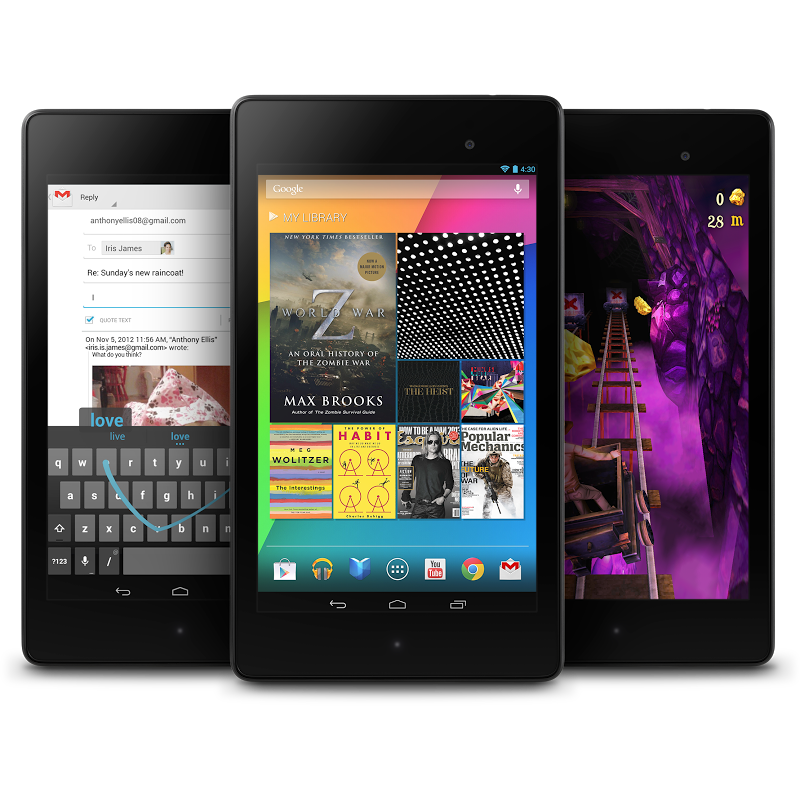
We've received an official statement from Verizon on the ongoing Nexus 7 LTE / Verizon saga, a story that has gone silent in the months since Verizon promised the device was being certified for the network. Today, we've finally been given official word from Big Red on what the problem is, and let me say: you're not going to like it.
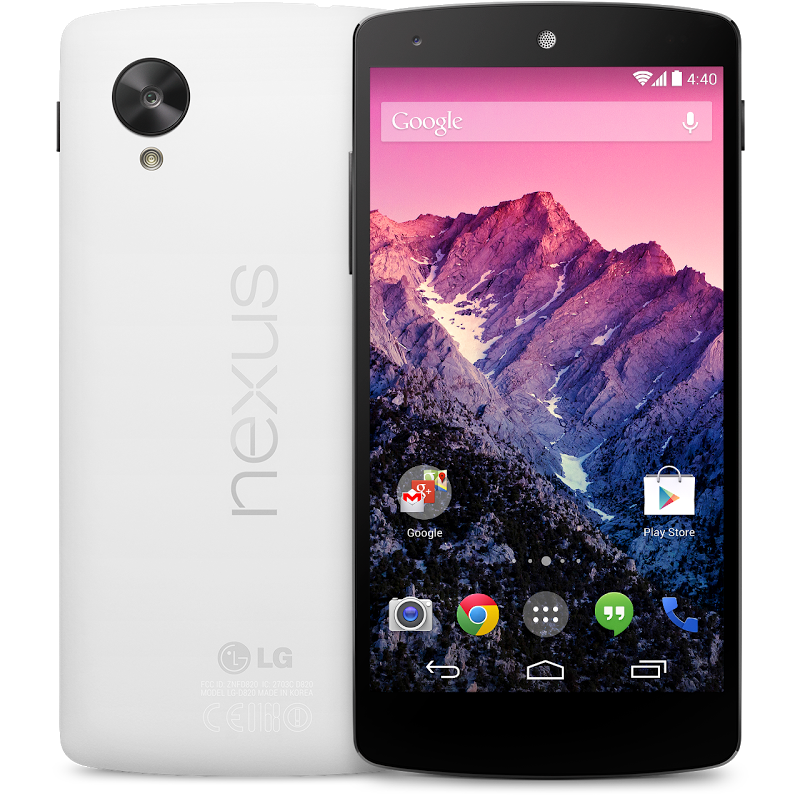
It seems there has been a bit of confusion about the latest Nexus phone's carrier compatibility here in the good ol' US of A, and I'm here to settle one of the questions asked by a number of our readers: does the Nexus 5 fully work on AT&T's network?

[The Android Police Podcast] Episode 84: Hot Corned Beef To The Face
Episode 84: Hot Corned Beef To The Face
Welcome back to another week of the Android Police Podcast. To catch us live on Hangouts On Air every Thursday at 5PM PST (subject to change as per the calendar widget below), just head over to androidpolice.com/podcast. For the unedited video show, click here.
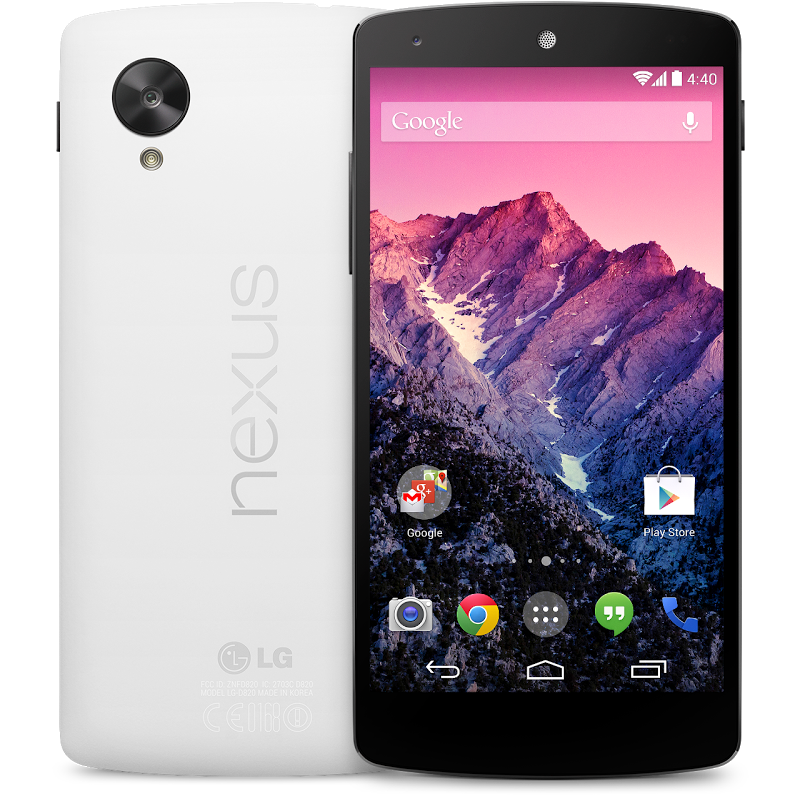
Assuming you don't live under a rock, you probably know the Nexus 5 launched on the Play Store last Thursday. In the US, Google's newest handset will cost you $350 for the 16GB model, and $400 for the more capacious 32GB variant. The launch went relatively smoothly, though stock of the 16GB Nexus 5 quickly evaporated - for the black version, within minutes - and latent purchasers of the 32GB version are now in for a weeks-long wait before enjoying the sweet embrace of KitKat.

Looking for the new Android 4.4 wallpapers? We've got 'em, ready for your downloading pleasure. There are 8 wallpapers in total, 6 of which have a native resolution of 3966x3966, so you can put them on pretty much anything! The two nature wallpapers are at a slightly smaller 3966x2644, since they're actual photos. Here they are.

Advertising revenue is a huge part of doing business in the mobile apps space for a large number of developers. As such, from that practice have emerged methods to send advertisers information about you to better serve appropriate ads. Oftentimes, the way your advertising "profile" is specifically identified is less than ideal from a security standpoint. Many apps use your phone's IMEI - a potentially personally-identifying number - as your advertising identification number because every modern smartphone has one.
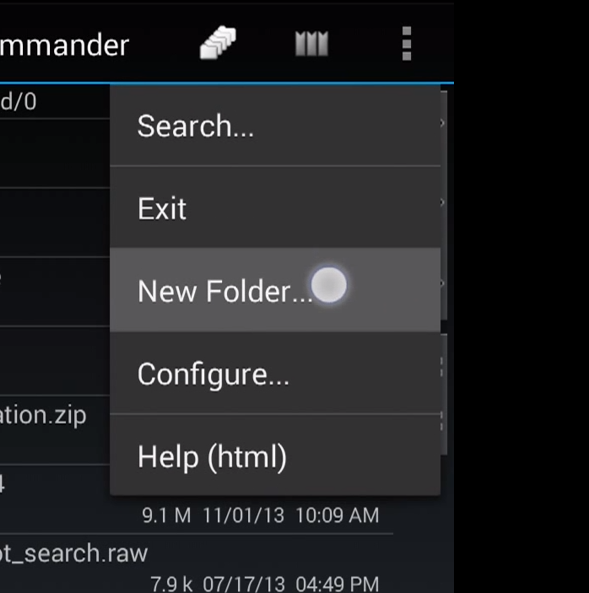
A while back, an experimental feature debuted in a Chrome for Android Beta release that seemed pretty innocuous - instead of tapping the overflow menu button to cause the dropdown to appear, you could now press, drag, and release to select an option in the list. From a touch device perspective, it's understandable why such an implementation would be desirable for some users, as it reduces the amount of tapping required for some tasks. Some people also may kind of prefer it just because.
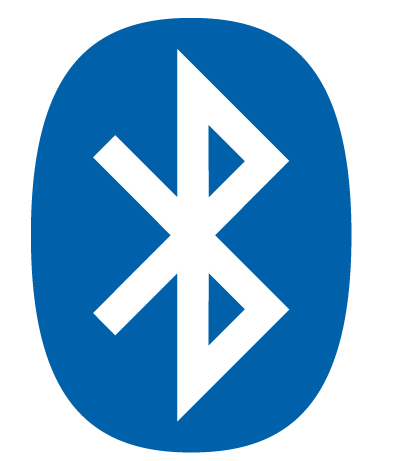
If you've never heard of the Bluetooth MAP profile, I don't blame you. Bluetooth profiles are super, super boring stuff. But stay with me here, because you may be more interested in MAP than you thought.

This feature is perhaps bigger news for app developers than end users, but it's an important one nonetheless. Ever used an app that feels really slow, clunky, and unresponsive - almost like a mobile web page? It probably is one! You see, many publishers of apps out there don't actually build real mobile apps. Credit card companies, cell phone carriers, airlines - you know, the sort of companies you kind of live to hate. They're often too lazy / incompetent / cheap to build real native Android applications, and instead rely on what's called WebView. Essentially, WebView allows an app to display a web page. There are legitimate uses for such a feature, obviously, but many developers out there abuse it and construct tiny "shell" apps that are little more than WebView frames.

While many Nexus fans laud Google's software navigation button initiative, it's always been a bit irksome that they take up valuable screen real estate at times when they're not really needed. If you're reading a book, watching a movie, or playing a game, the software nav buttons are more a distraction than anything. In fact, until now, only the YouTube app (and perhaps a couple other system apps in certain circumstances) was able to hide those buttons. With Android 4.4, that finally changes.

A much-requested Android feature for some time now has been infrared support, with the likes of Samsung, LG, and HTC all outpacing Google to enable the technology on their devices. As such, a fragmented API ecosystem has emerged, and now Google's here to set things straight - or so it would seem at first glance.
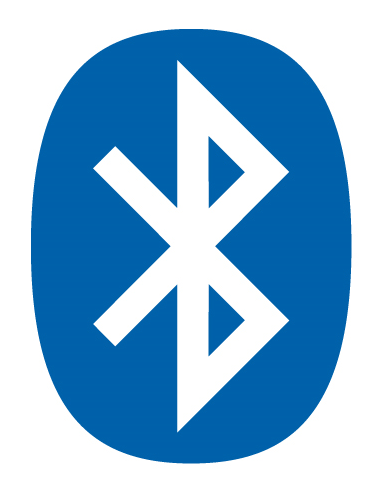
Android 4.4 supports a couple of new Bluetooth features, but one of them will undoubtedly appeal to the cries of OCD sufferers more than the rest: as part of an extension to Bluetooth AVRCP 1.3, Bluetooth audio devices can now directly control Android's system volume. If you use a lot of Bluetooth speakers or headphones, you know how maddening this kind of problem can be. Because your audio output device has its own volume setting independent of your phone or tablet, you're never quite sure how loud things are going to be, or if you'll need to adjust one or the other to get the sound where you want it. It's a needless annoyance, and one that was long overdue for fixing.

We all love listening to music on our phones. In fact, listening to music, audiobooks, or podcasts regularly on our smartphones is probably one of the few things we all really share in terms of our usage patterns. The problem with listening to audio for extended periods, though, is that it can really put the hammer down on your battery life. Now, there's more than one reason for this - streaming high-quality audio over the web probably consumes more battery than the actual act of listening, but the power consumption of the processor while decoding that audio isn't negligible.

Google Wallet's single-biggest problem to date in the US has inarguably been carriers. US carriers (except Sprint) wouldn't allow Google the necessary control of the "secure element" in order to make NFC payments, and as such, Google Wallet consumer adoption has essentially been trivial. With Android 4.4, that finally changes.
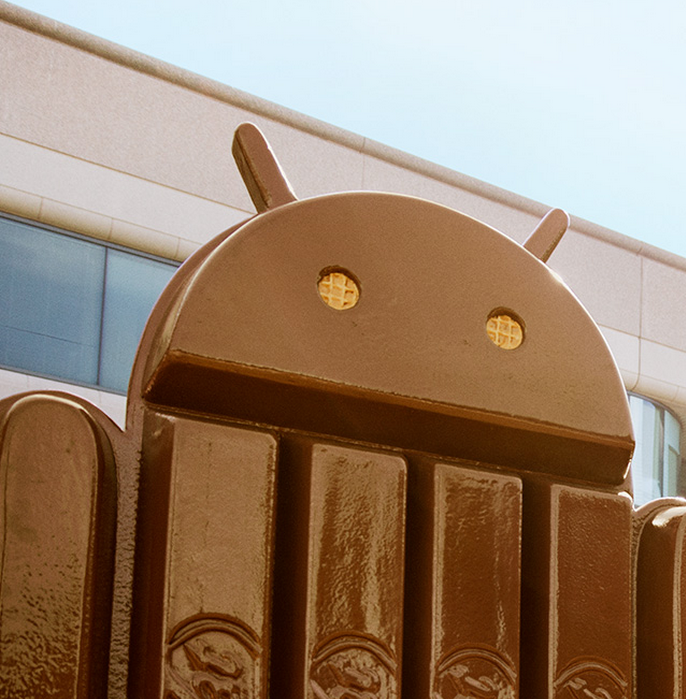
With a new version of Android comes a new promotional glamor site for Google's beloved mobile OS, and this time KitKat's getting the treatment. Android 4.4 packs a bevy of new features and capabilities, but if you want the basic rundown, Google's official splash for KitKat (here) is the prettiest way to educate yourself. (Bonus: here's an equally pretty site for the Nexus 5.)

Update: Here's an official Google Support answer stating the GNex will indeed be stuck in 4.3-land for eternity.
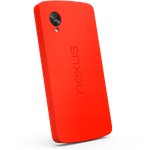
After the Nexus 5's unannounced unveil this morning, you're probably wondering about your soon-to-be new phone's official case options. Well, here they are - Google's announced two different case types for the Nexus 5, in the form of bumper cases and the new quick cover case. Bumper cases, pictured below and in the thumbnail of this post, come in four colors - red, black, gray, and highlighter yellow. They protect all sides of the phone, with cutouts only for the camera button and flash. The only bumper case available at the moment is the gray version, though it now shows up as 'out of inventory.' They all cost $34.99, and the rest of the colors are 'coming soon.'

Seemingly following in Google's footsteps, Motorola has released one of its phones' core applications on the Play Store today, in the form of Motorola Camera. Unlike Google's apps, though, it doesn't seem likely the Motorola Camera app will be making its way onto non-Moto devices - it's only compatible with the Moto X.

